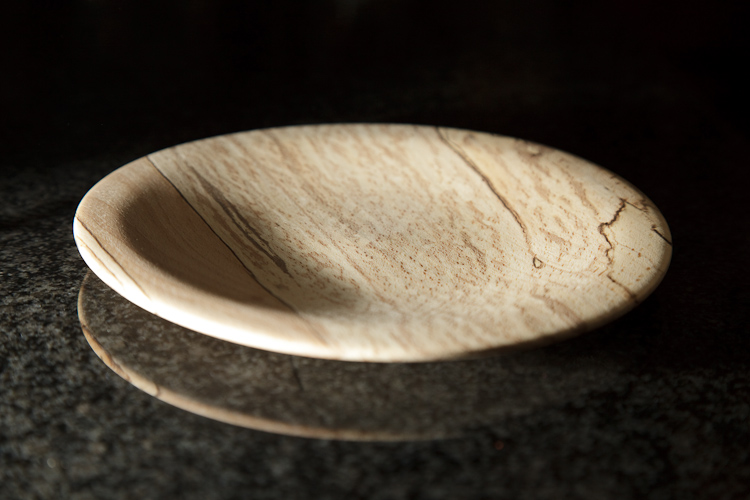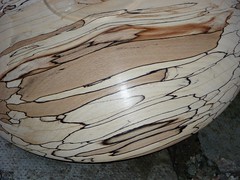Uh-oh, that's a can of worms I didn't mean to open.
Fundamentally yes, I'm saying our Sanding Sealers should not be diluted. They are all supplied ready for use and will do the job straight out of the can.
(Acrylics should only be diluted to a maximum of 5% and there is really no ponit in diluting the Shellac one, but I'm assuming we're mainly talking about the Cellulose version here.)
It's a commonly held belief that the sealer works better when diluted 50/50 although no-one has ever been able to explain why this should be.
The usual reason is that it allows the sealer to soak in deeper, which of course it does. Sadly, this isn't what you want it to do. The sealer should dry on the surface to seal the wood. Otherwise it's like thinning an emulsiion paint down before use; all of the paint sinks into the substrate and you can't see it, so why bother using it?
Another comment is that thinning it helps it adhere to the wood better; the sealer is designed to stick to the wood, it doesn't need any extra help thank you.
Now that's not to say that there aren't occasions when it is preferable to thin the sealer. Working on spalted timber is one of them, thinning 50/50 allows the sealer to soak in and give the timber extra stability. It's not really sealing it for finishing though.
Working on larger areas can be problematical too with neat sealer, as it can be awkward to get an even coating before it dries; a thinner material will flow out better. In these circumstances we'd suggest thinning 10-20% for best results. This will make it easier to apply but will still allow the sealer to do its job.
You should only need one coat of sealer except in exceptional circumstances. Applying three coats of thinned sealer is no better than applying one (thin) coat.
I personally see no need to habitually thin the sealer 50/50 and this practice will lead to the solids dropping out of solution and generally they will not mix back in.





































